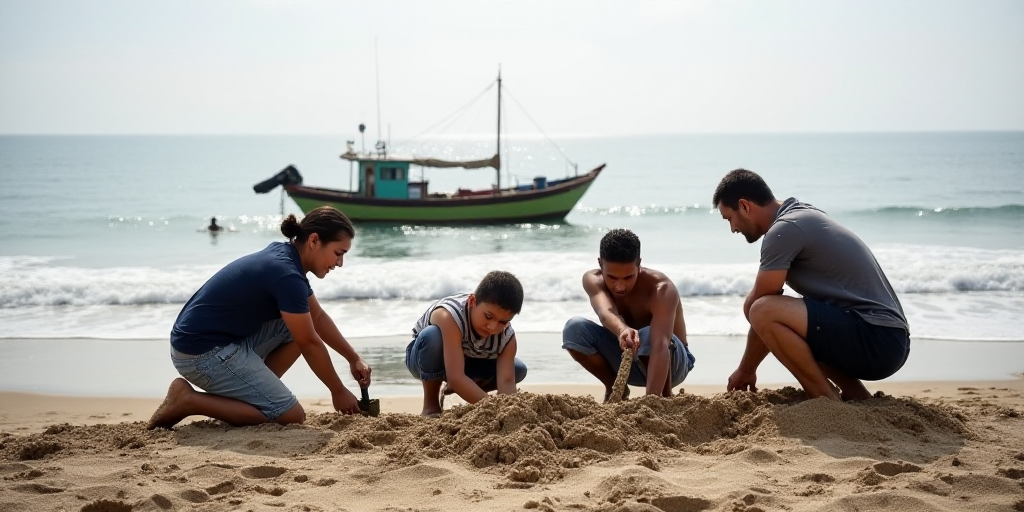Background on Sargasso Seaweed and Its Potential
Sargasso seaweed, a floating marine macroalgae, has been recently classified as a fishery resource by Mexico’s Secretaría de Agricultura y Desarrollo Rural (SADER). This reclassification opens the door for technical, sustainable management and economic exploitation of the seaweed. Sargasso has multiple industrial applications, including animal feed supplements, fertilizers, biofuels, bioplastics, bioremediation and water treatment agents, textile and footwear fibers and dyes, and biomaterials for brick production.
The Shift in Legal Status
Previously, Sargasso seaweed did not fall under any specific legal category, existing in a sort of legal limbo. Now, with its new classification as a fishery resource, individuals can legally collect the seaweed from the open sea for industrial use, provided they obtain a permit from CONAPESCA under IMIPAS guidelines.
Implications for Private Enterprises and Local Communities
This change in legislation allows businesses, local cooperatives, and entrepreneurs to apply for collection permits, as long as they adhere to sustainable methods. Quintana Roo’s Secretary of the Environment, Óscar Rébora, acknowledged various business proposals to industrialize Sargasso seaweed, signaling progress in harnessing its potential.
Quintana Roo’s New Phase in Sargasso Seaweed Management
Quintana Roo’s Governor, Mara Lezama, announced that this legal shift marks a new phase in their Sargasso seaweed management strategy. The focus now shifts to collecting the seaweed from the open sea, aiming to better control its massive arrivals on coastlines and mitigate its impact on tourism, marine biodiversity, and local economies.
Key Questions and Answers
- What is Sargasso seaweed? Sargasso seaweed is a floating marine macroalgae with various industrial applications, such as animal feed supplements, fertilizers, biofuels, bioplastics, and materials for textile, footwear, and construction industries.
- Why was Sargasso seaweed reclassified as a fishery resource? The Mexican government, through SADER, reclassified Sargasso seaweed to enable technical, sustainable management and economic exploitation of the resource.
- Who can now collect Sargasso seaweed? With the new classification, individuals, businesses, cooperatives, and entrepreneurs can obtain permits to collect Sargasso seaweed from the open sea, provided they follow sustainable methods.
- What are the benefits of this reclassification? This change allows for better management and utilization of Sargasso seaweed, potentially reducing its negative impact on coastal ecosystems and supporting local economies through industrial applications.






